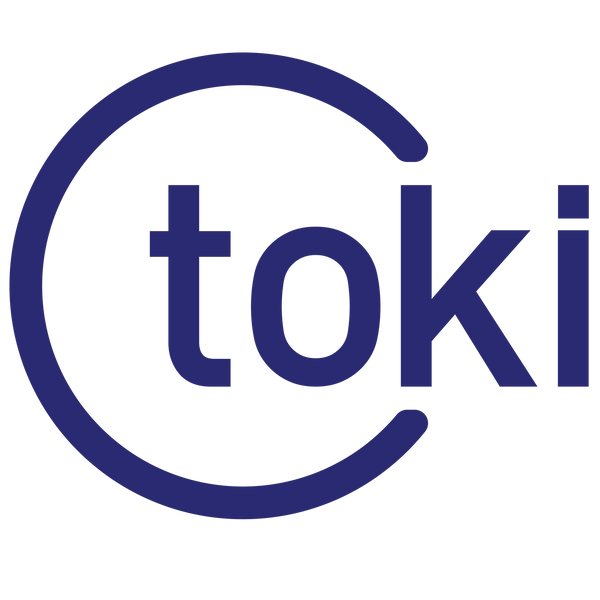Milling VS Laser - Which is a better choice for you?

At first glance, there are numerous ways to separate printed circuit boards (PCBs): Punching, sawing, milling and laser cutting. However, only a few methods are suitable for separating PCBs with complex contours and/or sensitive components.
When it comes to small assemblies with flexible designs, milling and laser depaneling are the only options. They both have the same approach of depaneling, which removes the material layer by layer while following the contours of the assembly design.
|
Milling Depaneling |
Laser Depaneling |
Contactless Separation
With milling, the rotary cutter cuts into the board to remove the pieces. This can cause vibration across the board and affect sensitive components. On the other hand, with laser, the separation is completely contactless via a laser beam and no mechanical stress is transferred to the material.
Wear and Tear
Overtime, friction between the board and the mill causes the rotary cutter to wear out and become blunt, requiring replacement. A blunt cutter may also result in uneven or inaccurate cuts. In comparison, the contactless separation of the laser system means that there are no consumable parts to get worn out or replaced.
Dust Proof Depaneling
Dust produced as a side effect of depaneling gets vaporized by the laser and is removed via an exhaust system, as compared to milling where the dust settles and accumulates onto the board.
LPKF's CleanCut Technology
The CleanCut Technology developed by LPKF produces 100% technically clean, carbonization-free cut edges compared to traditional methods of depaneling. The lower laser temperature also allows it to cut closer to the individual pieces, which means that neither tabs, cutting lines nor heat-affected zones need to be taken into account in the PCB design. This allows more PCBs to be placed onto the panel, saving up to 30% on materials.

As such, laser depaneling is highly preferred over the traditional milling process as it provides a stress-free and dust-free method of depaneling. While it may be costly in the short run to set up a laser depaneling system, it provides significantly higher cost-savings in the long run with more increased output and reduced costs in materials and replacing worn out parts.


